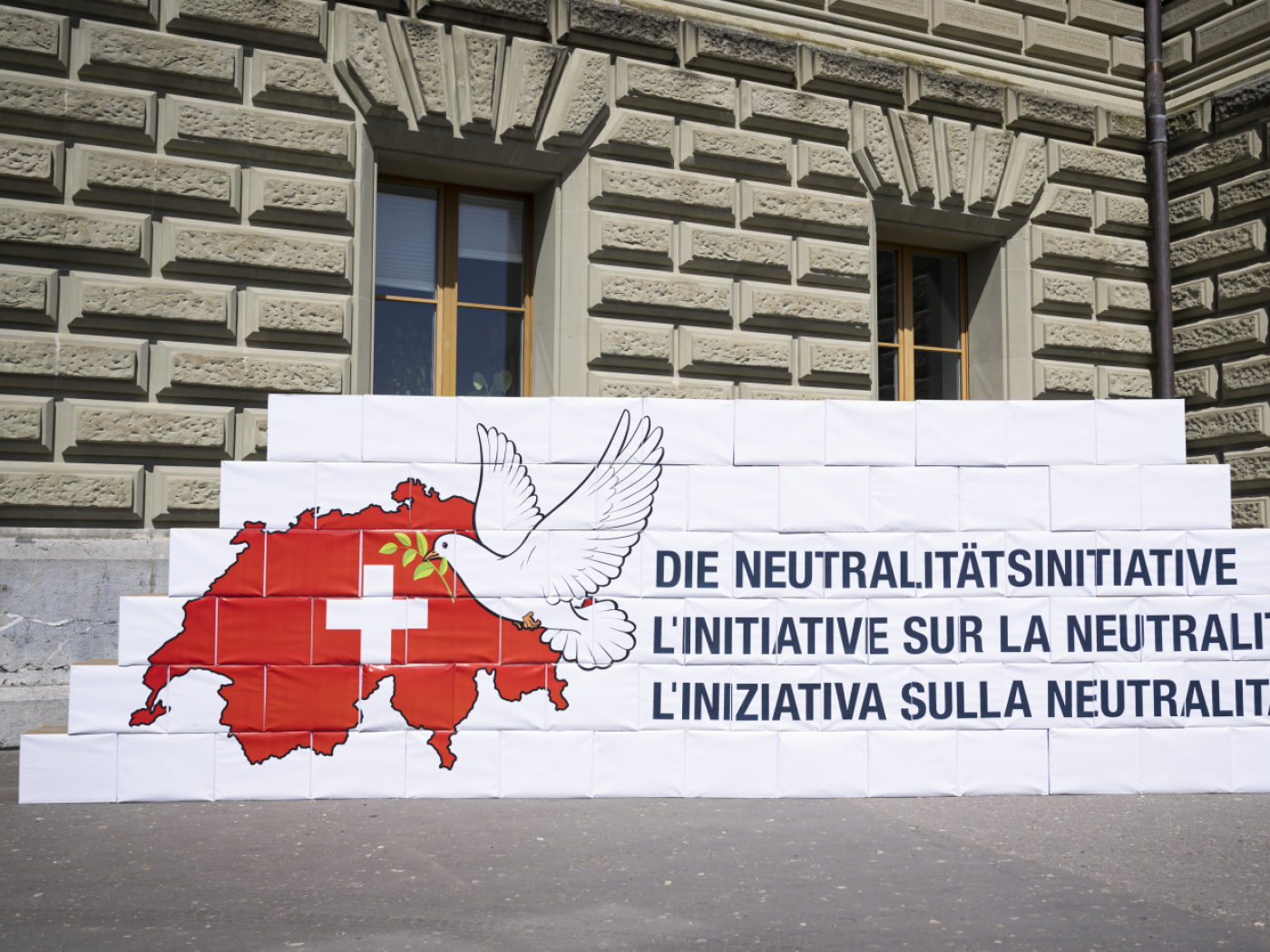
The lure of the ghost resort

The Swiss ski resort of Super St-Bernard closed in 2010 – so why are skiers still flocking there?
The restaurant door was unlocked, so I pulled it open and went inside. Once this was the busy hub of the Super St-Bernard ski resort – next to the car park, the start of the cable car, and with a wide terrace for alfresco lunches and après-ski drinks. Now, it was a scene of desolation.
My ski boots crunched on broken glass; old brochures, magazines and lift passes littered the floor; there was graffiti on the walls and the charred remains of a fire in the kitchen. The wind rattled the few shards of double-glazing left in the window frames.

Super St-Bernard, about 22km south of Verbier, opened in 1963 and became renowned for its high, long slopes, including one that dropped over the border into Italy. But by the turn of the century it was struggling financially, limping from one season to the next, and in 2010 the lifts finally ground to a halt. Abandoned ever since – the buildings slowly decaying, the lift towers rusting in the blizzards – it has become one of a growing number of so-called “ghost resorts”. Some are the victims of climate change, others of simple economics, usually unable to afford to replace lifts that have reached the end of their natural lifespans.
No accurate global figures exist, but in Switzerland alone 20 resorts have closed in the last 25 years, according to ski industry consultant Laurent Vanat. In Japan, at least 200 resorts have closed since the country’s ski boom of the 1980s. Most of the infrastructure has been dismantled or repurposed, but a few of the resorts have been left as if the staff simply walked out.
At Super St-Bernard, the strange thing, given the wreckage around me and a wind that was gusting up to 60km/h, was that I wasn’t alone. Beyond the smashed windows, I could see more brightly clad people emerging from their cars and getting ready to go skiing. A surge in the popularity of ski-touring – using skins attached to skis, so users can walk uphill rather than relying on lifts – is raising the prospect of some kind of afterlife for these abandoned resorts.
Skiing culture
I was here to take part in a public event organised by the French ski brand Black Crows, joining about 25 others for a day’s touring led by mountain guides and some of its sponsored skiers, including the pioneering French alpinist Liv Sansoz. We gathered for a briefing in the shattered restaurant, (“watch for frostbite in this wind,” warned Sansoz), fixed our skins beneath the cable car machinery, then set off slowly climbing the hill.
Super St-Bernard sits at 1,900 metres, close to the top of the Entremont Valley and the Col du Grand-St-Bernard, a key pass into Italy. It had three lifts – the longest running right up to 2,770 metres on the ridge separating the two countries – but no hotels. The previous night we’d stayed 6km down the road at the Bivouac Napoléon, a hotel in the village of Bourg-St-Pierre. Before a fondue, we’d watched a short film produced by Black Crows about Super St-Bernard, the latest in a series it has made about ghost resorts around the world.
Quite why a young, vibrant brand would want to link itself to stories of ski history, of decaying infrastructure and financial ruin, isn’t immediately clear. Partly the idea is simply to reach people who wouldn’t watch conventional ski action movies. “But also for us skiing is not just about practising a sport, it’s a culture,” says Camille Jaccoux, the brand’s co-founder. “And a big part of that culture is the boom of skiing in the 1960s, 1970s and 1980s.”
Sense of wistfulness
With snow becoming more unreliable in lower resorts, and higher resorts getting more crowded and costly, a sense of wistfulness, of yearning for a more optimistic past, increasingly seems to hang about the sport. After the film, one attendee became emotional as he talked about his memories of growing up skiing Super St-Bernard, “a playground” that typically gets 14 metres of snow every winter.

Later the hotel owner, Claude Lattion, showed me an old black-and-white photograph of the smugglers who used to take cigarettes over the pass from Switzerland to Italy, and for whom the opening of the lift was a boon. He pointed to a young dark-haired woman resting on the snow beside boxes of cigarettes in hessian bags: “My mother-in-law.”
In 2002, the village, which by then owned and ran the resort, decided it should be shut down. At a council meeting Lattion argued against the closure. “The mayor said, ‘well, the only solution is if we sell it to you for a franc’. I had 30 seconds to make the decision – I must be mad.”
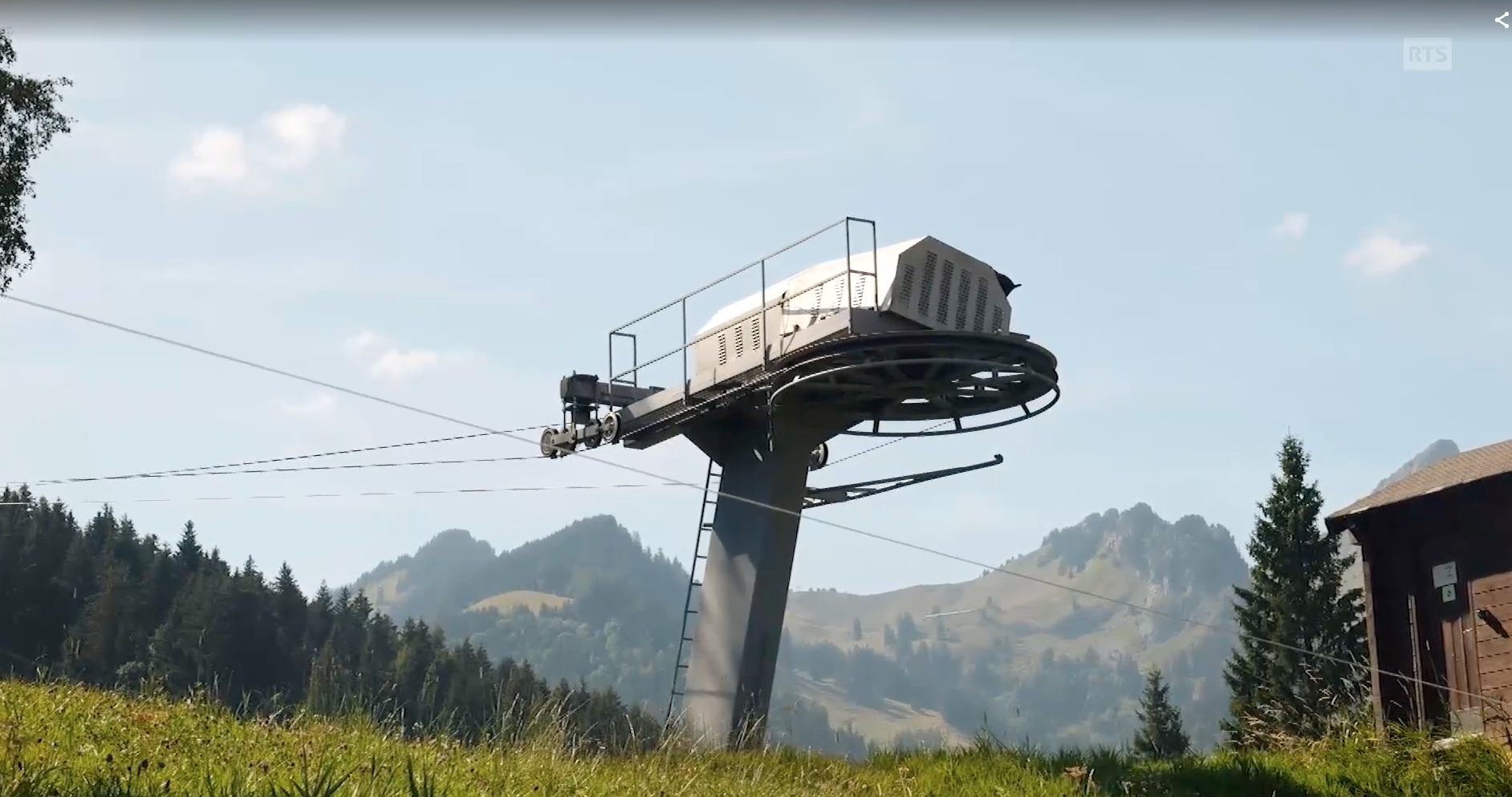
More
Going downhill: more than 50 Swiss ski lifts are rusting away
Lattion laboured on for another eight years. “I found partners, put in money from my pocket, a huge amount of time. It was a great experience, very enriching from a human point of view . . . financially, not at all.” By 2010, a CHF25 million ($28.5 million) investment was needed to update the lifts, a sum Lattion was unable to raise.
Sort of rebellion
Back on the mountain the wind kept blasting our group and fog swirled around the valley. The topography of the surrounding peaks funnels storms towards these slopes, guaranteeing good snow until late in the spring, but also raising the likelihood of high winds and lift closures (“it was our number one enemy,” Lattion had told me).

The snarling wind, and the exertion, made conversation difficult – instead I mused about the pull of Super St-Bernard and others like it. If modern skiing means standing in line at a resort owned by a vast corporation, or queueing to enter a couloir while those ahead adjust their selfie-sticks, then a trip to a ghost resort might offer a joyous alternative, perhaps even a sort of rebellion.
We pressed on, making it to the top of one of the lifts and seeking shelter in the lee of a large boulder, where the guides finally made the call to retreat. Then we blasted back down in an unlikely swath of colour, enjoying wild snow and a whiff of nostalgia.
Copyright The Financial Times Limited 2025

In compliance with the JTI standards
More: SWI swissinfo.ch certified by the Journalism Trust Initiative
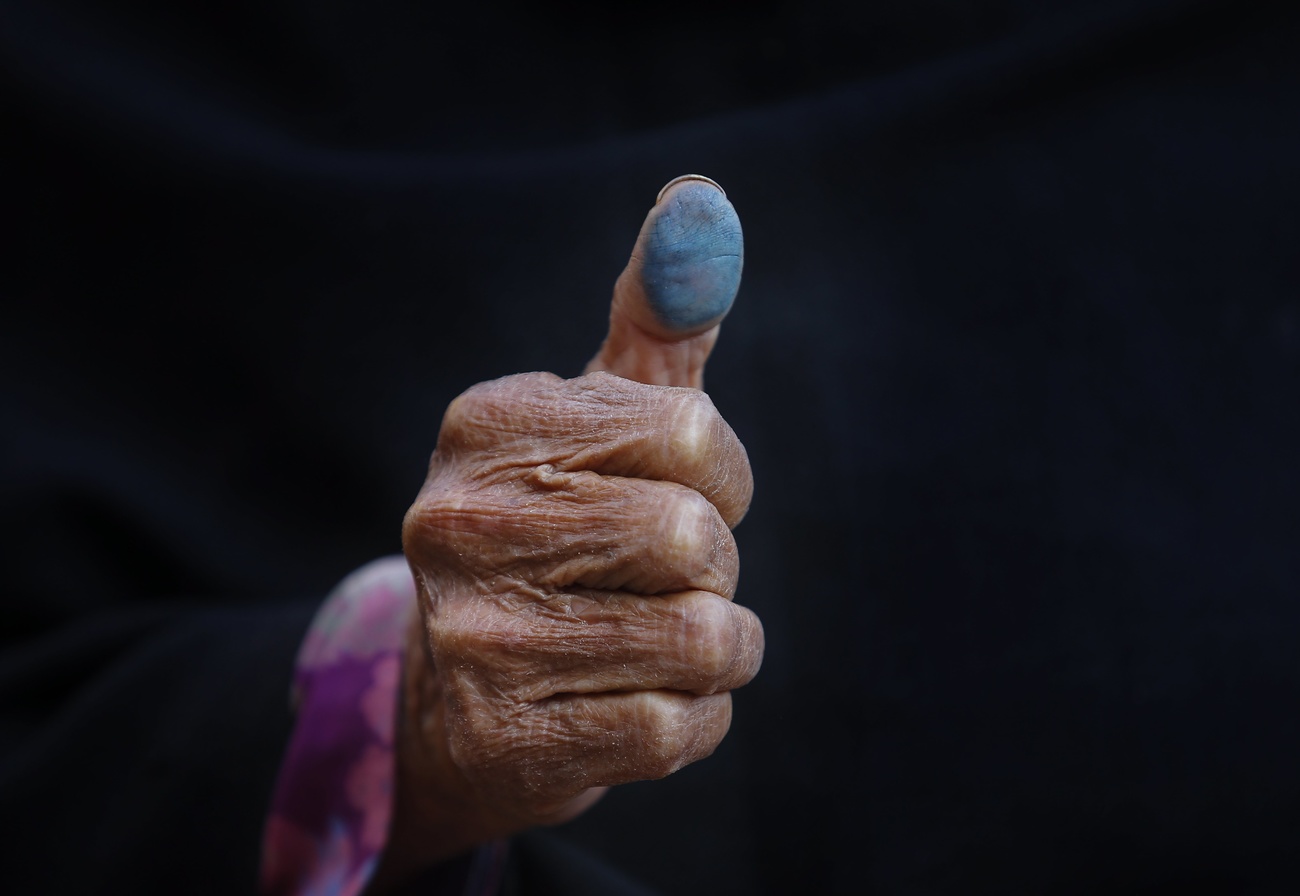






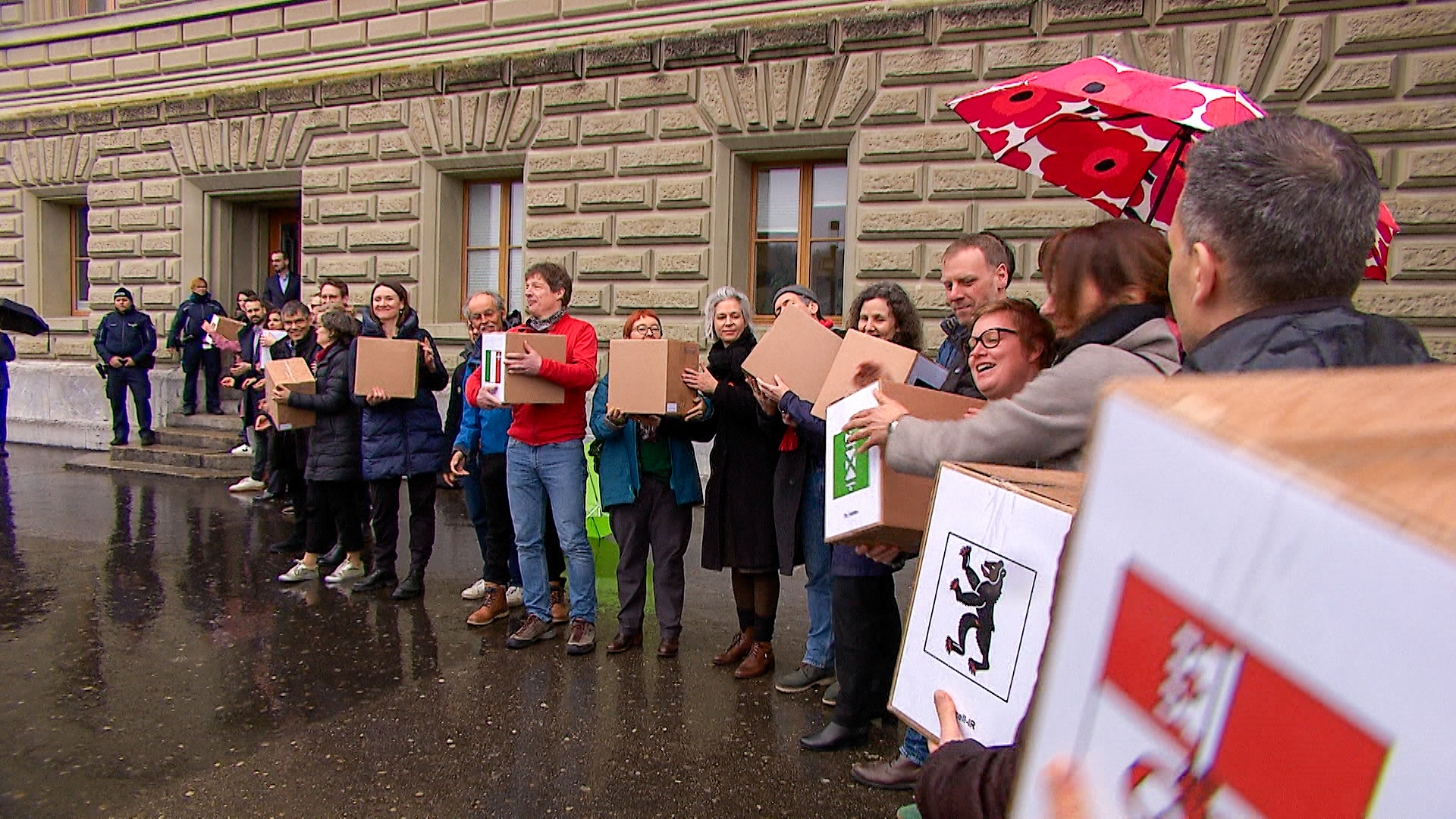

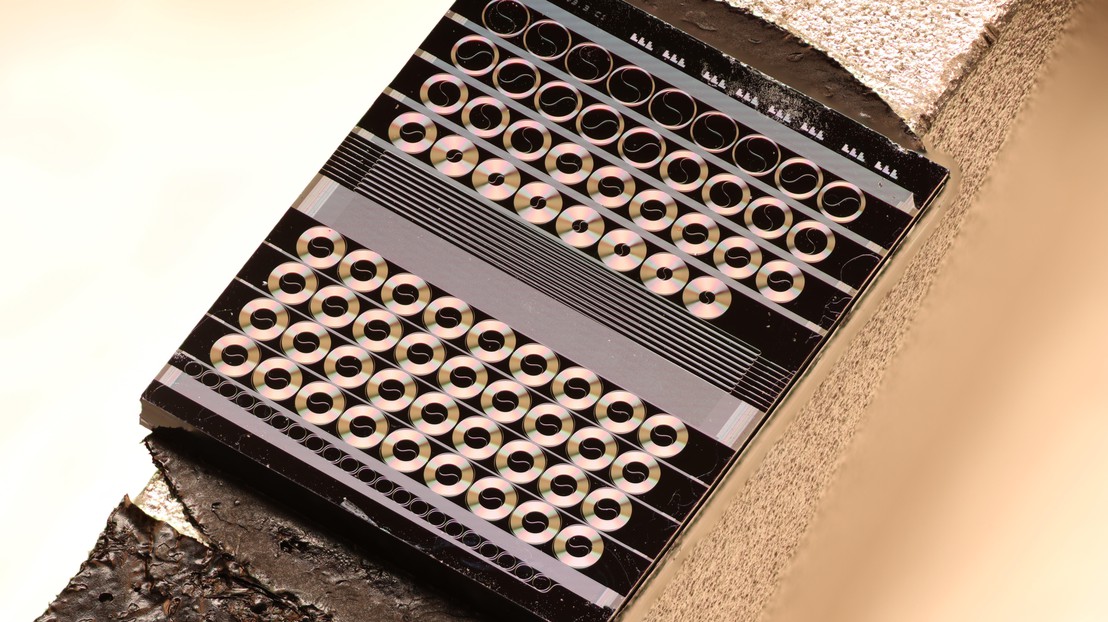




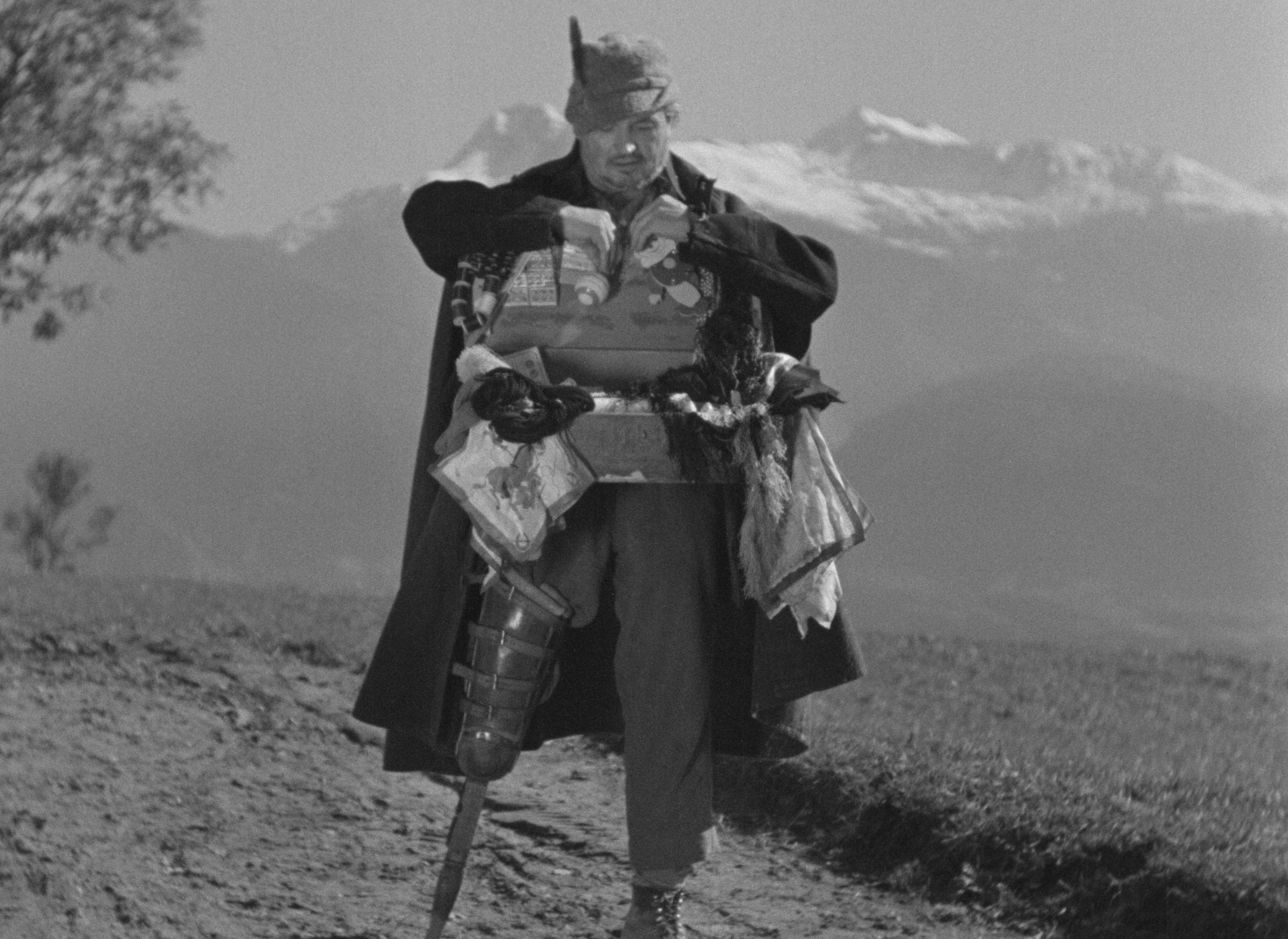
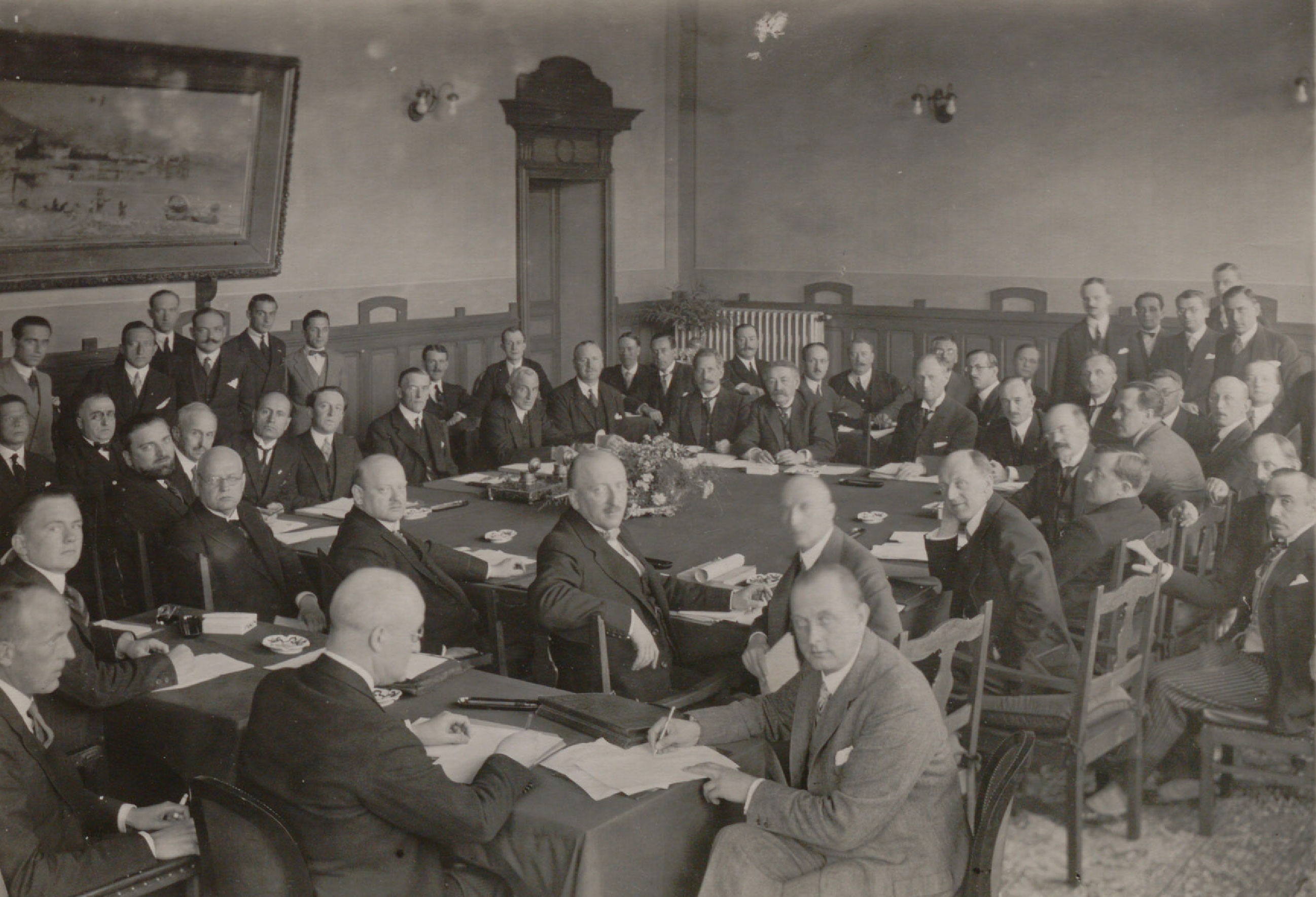












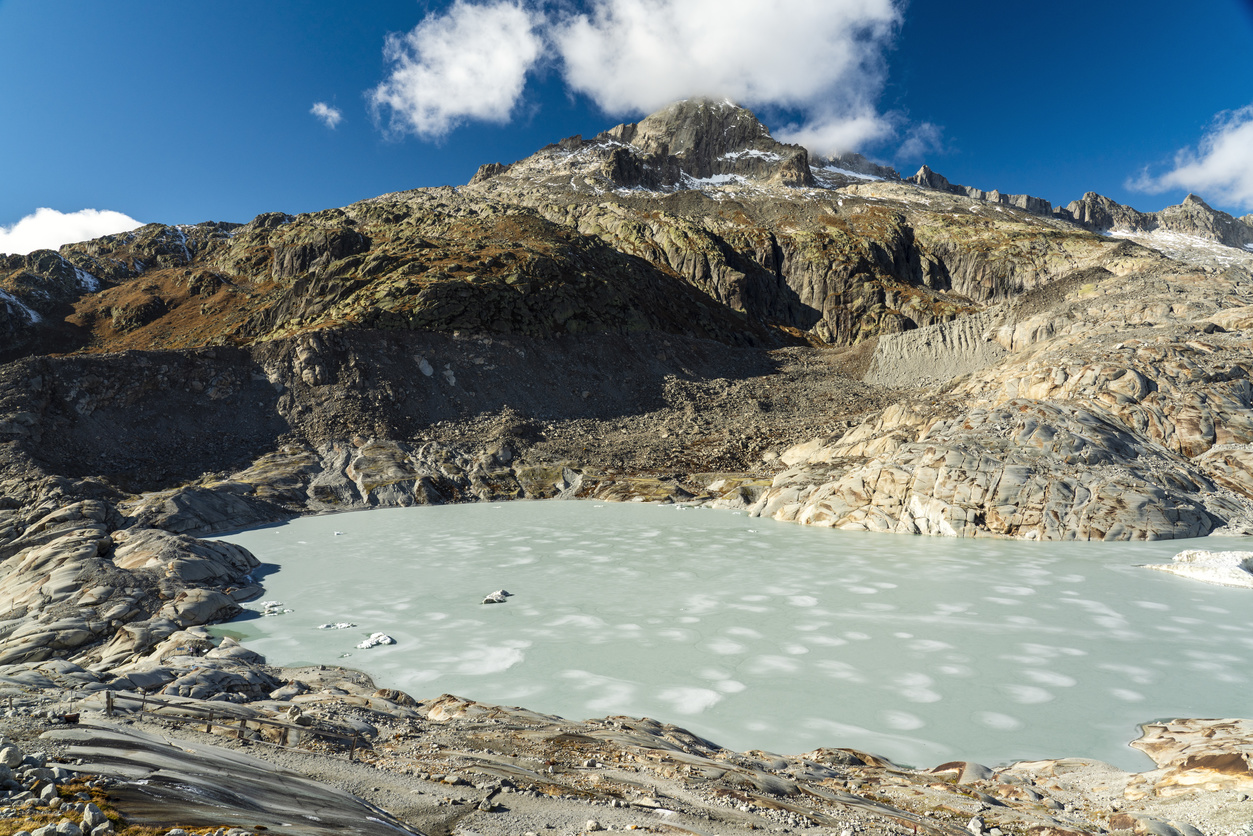
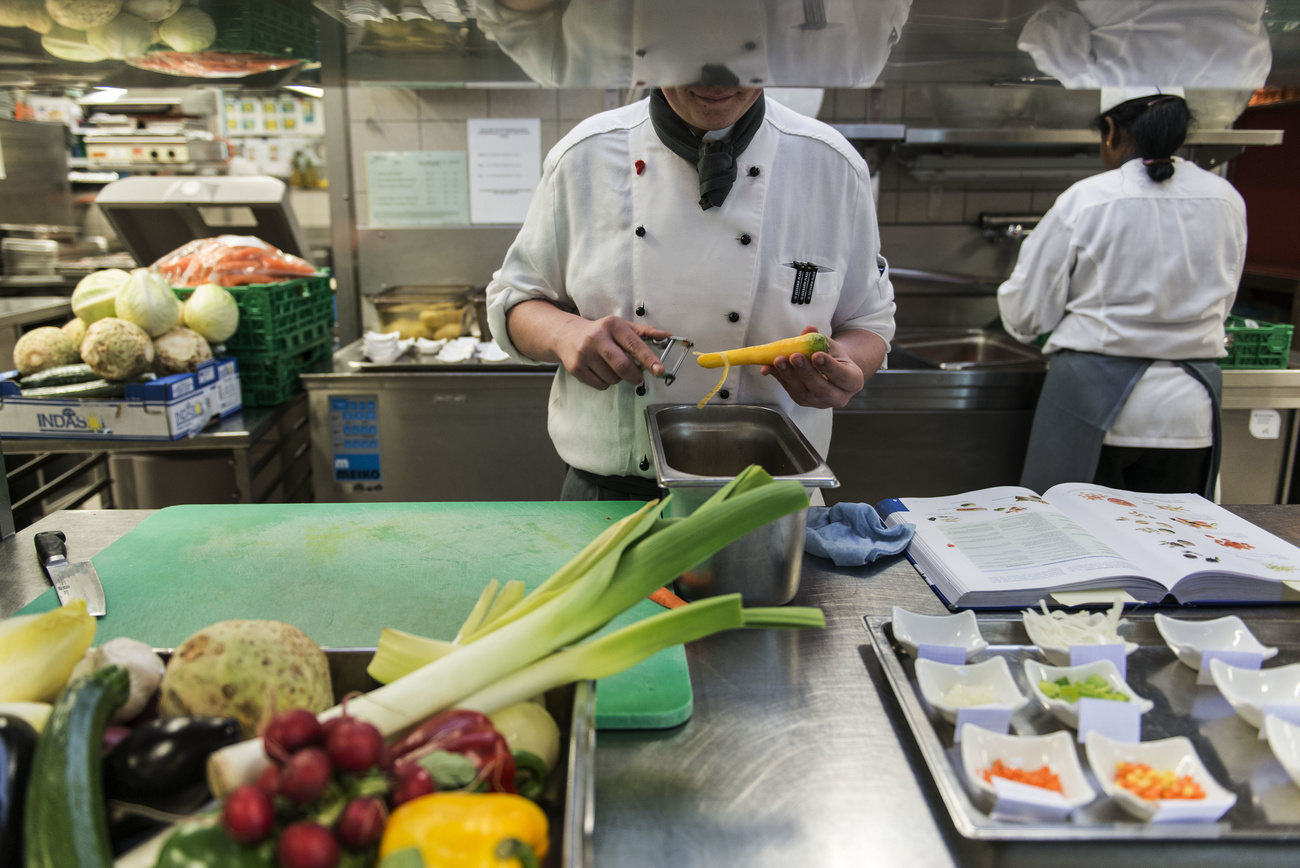

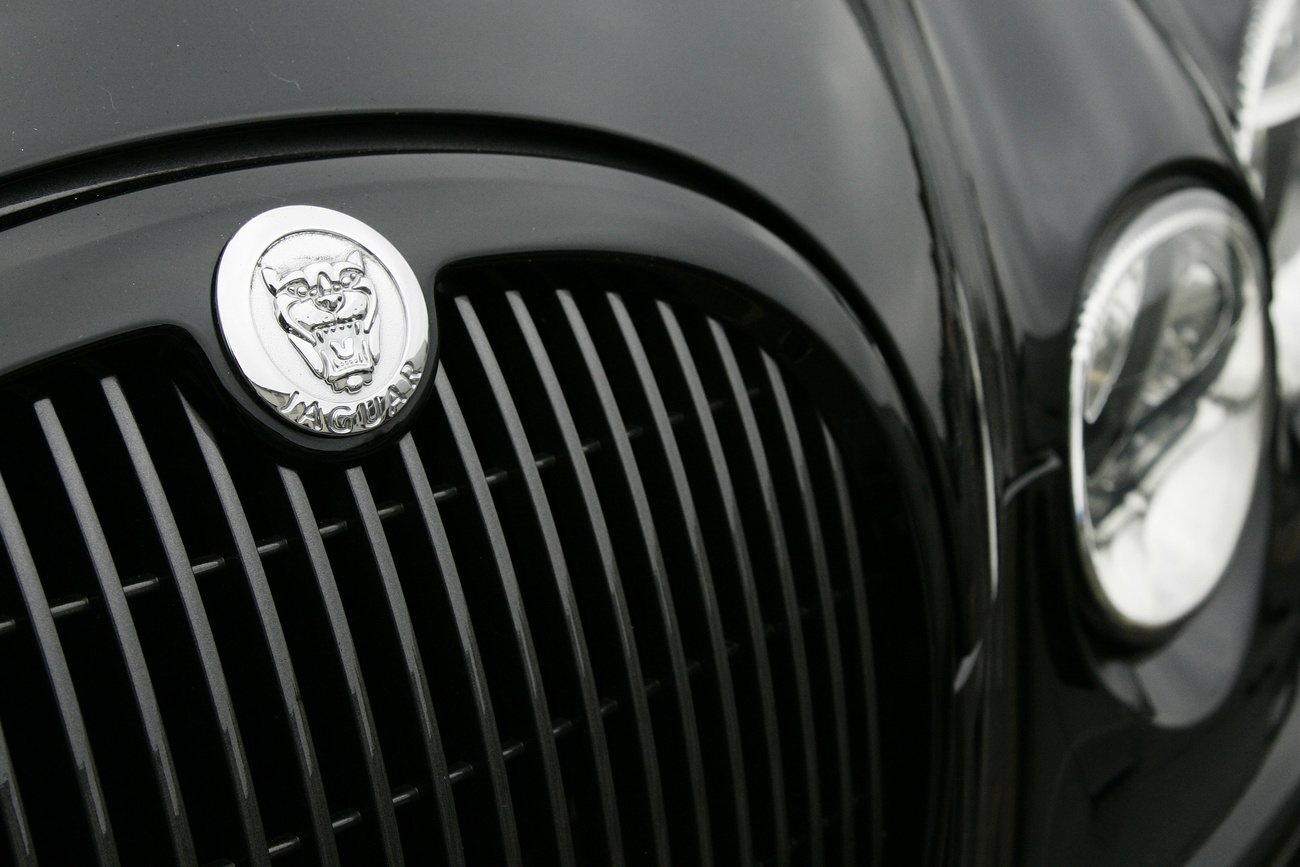




You can find an overview of ongoing debates with our journalists here . Please join us!
If you want to start a conversation about a topic raised in this article or want to report factual errors, email us at english@swissinfo.ch.